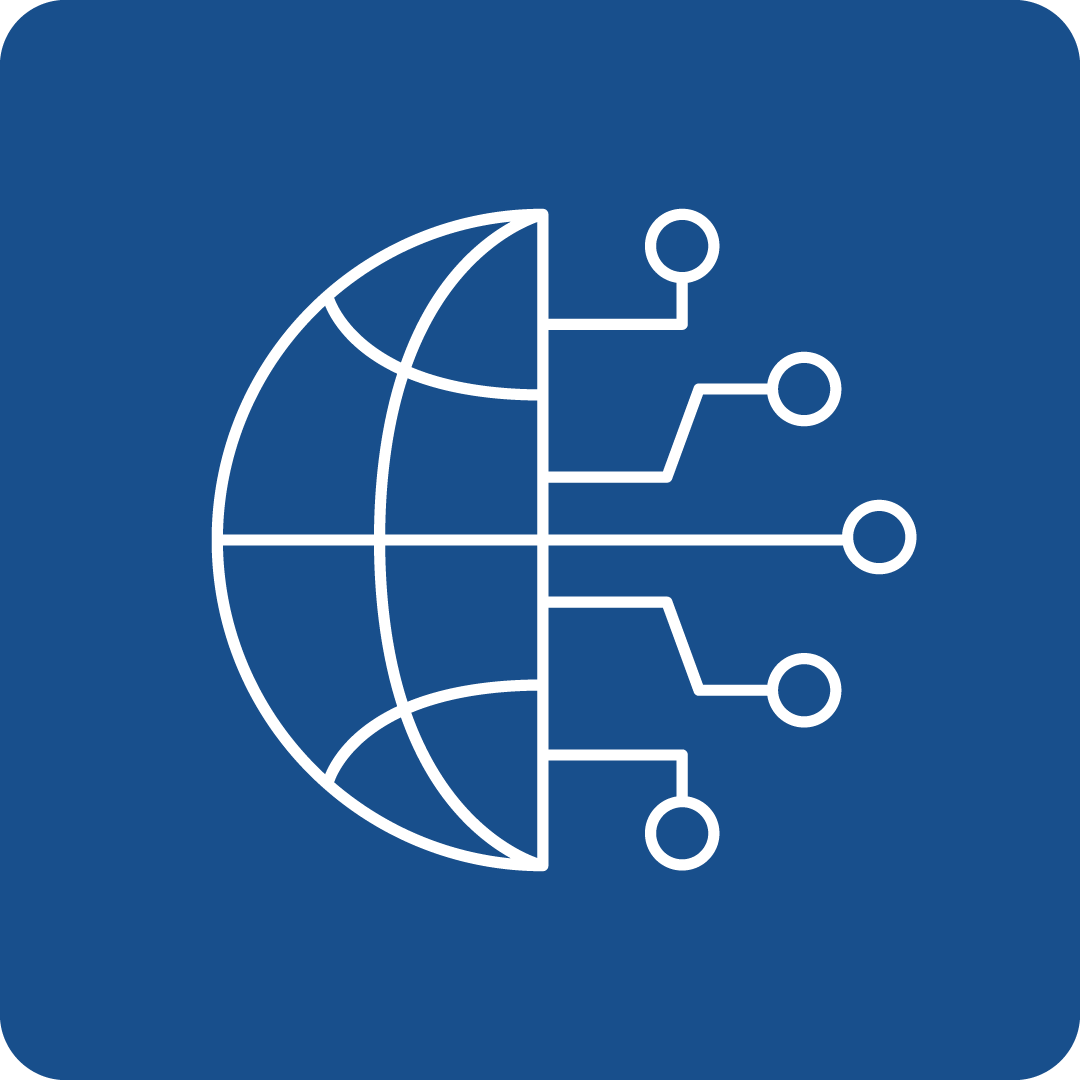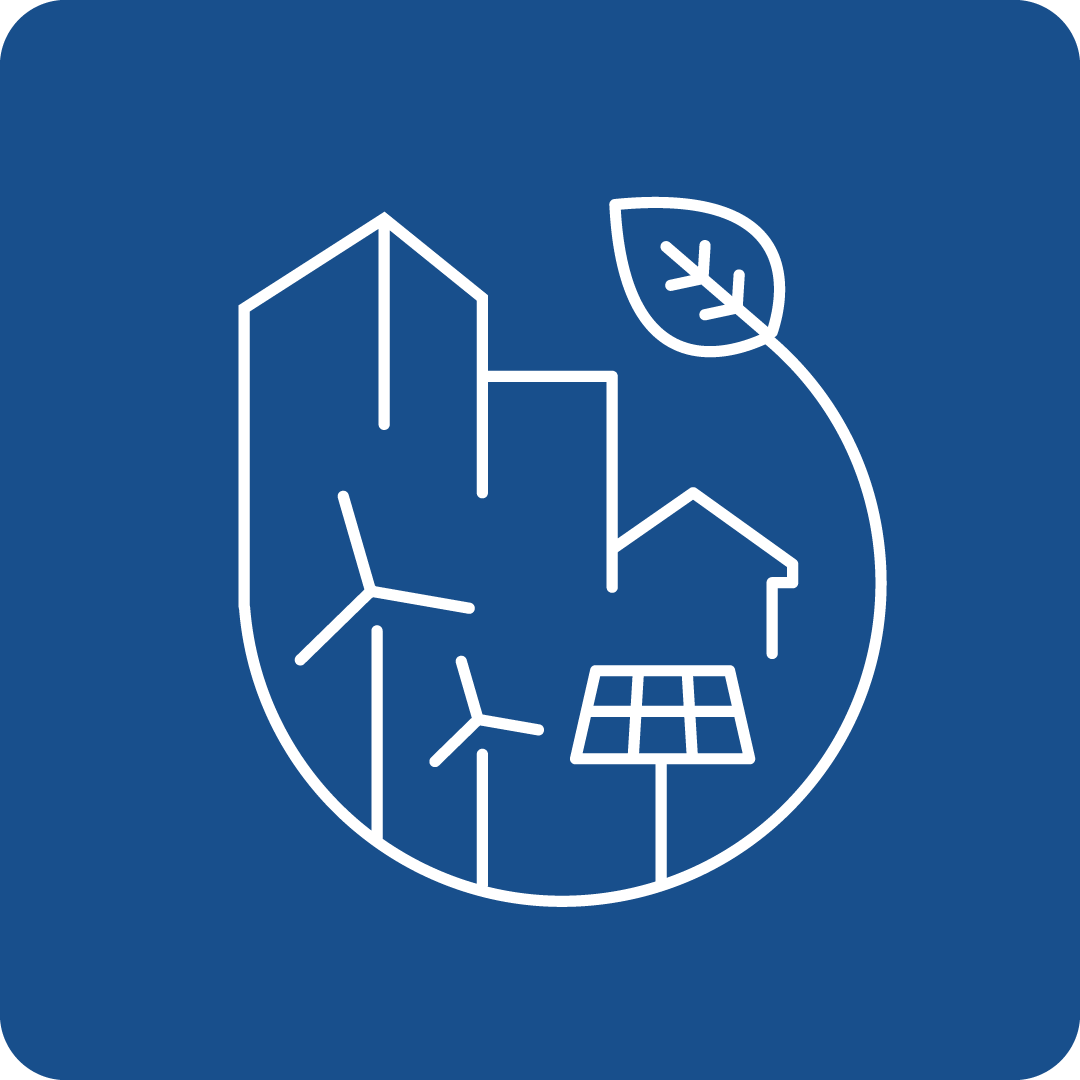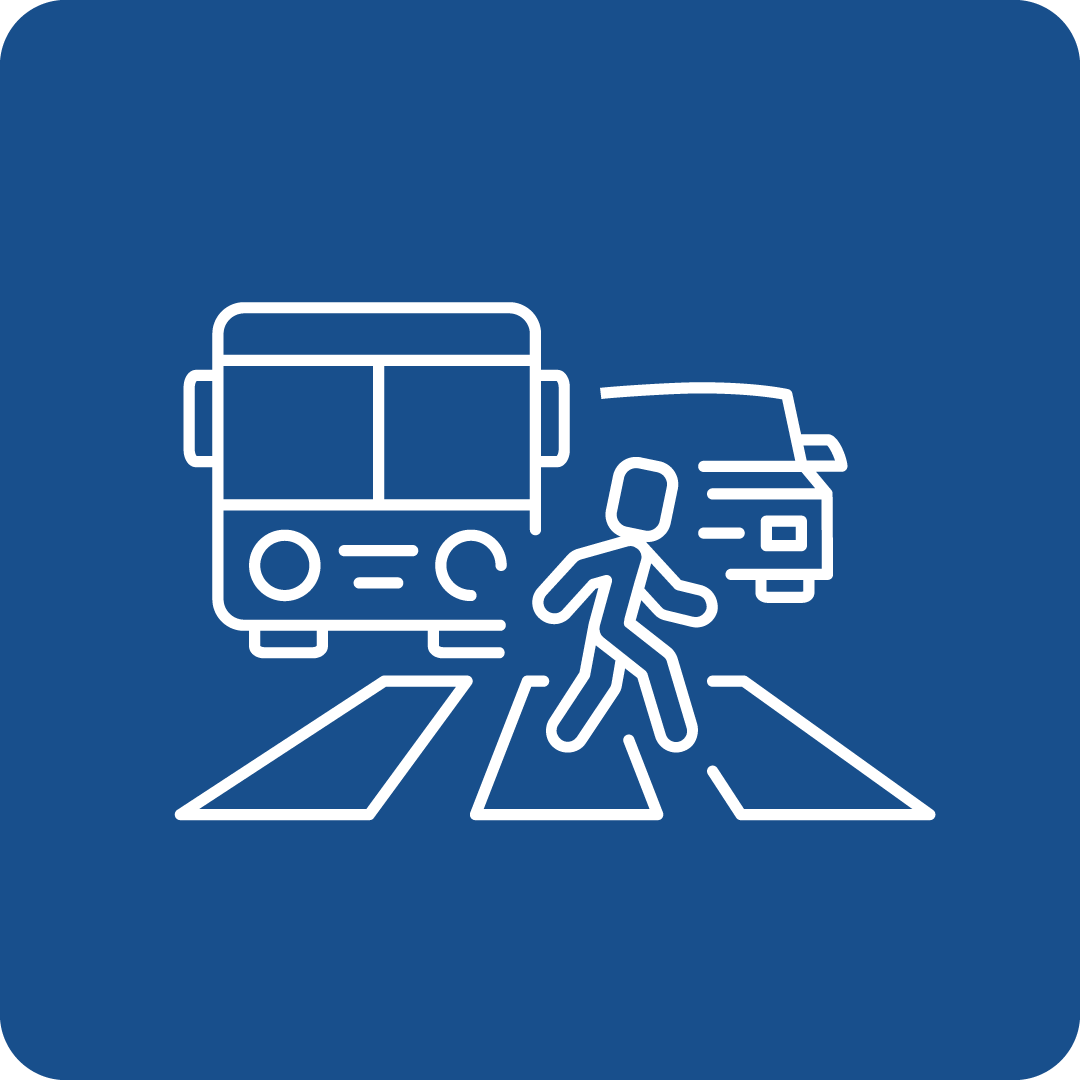Filter Search for grants
Call Navigation
Deadline expired
The deadline for this call has expired.
Call key data
Operational digital platforms – Works
Funding Program
Connecting Europe Facility - Digital
Call number
CEF-DIG-2025-PLATFORMS-WORKS
deadlines
Opening
26.06.2025
Deadline
16.10.2025 17:00
Funding rate
30 - 70%
Call budget
€ 20,000,000.00
Estimated EU contribution per project
€ 20,000,000.00
Link to the call
Link to the submission
Call content
short description
Operational Digital Platforms aim to support EU environmental and energy targets, improve the competitiveness of the EU industry and address the ongoing energy crisis, by providing both technologies and connectivity to enable a cyber-secure Internet of Energy and an optimised transport system along the major European paths. They are dedicated to “retro-fitting” the existing energy and/or transpor tinfrastructures with the required cross-border digital infrastructure.
Call objectives
ODPs will optimise energy use of Information and Communications Technologies (ICT) and reduce the environmental impact, while increasing the benefits enabled by ICT. ODPs will build on and integrate with existing and emerging European data, cloud and edge computing and connectivity infrastructures, in particular those supported in other parts of the CEF Digital programme, the Digital Europe Programme, and the Horizon Europe programme.
The ODPs will contribute to the achievement of EU technological sovereignty and to the security and resilience of energy supply and transports in the EU. This support contributes to the Digital Decade goals such as the deployment of 10,000 climate neutral highly secure edge nodes, etc.
The projects supported by this call are expected to deploy cross-border digital infrastructure implementing an AI-Driven Operational Digital Platform (ODP) for Electricity Consumers and Integration of electric vehicles (EV), electric trucks (ET), renewable energy sources (RES) into the Grid.
Firstly (based on Use case 1 from BEGONIA - ELECTRICITY CUSTOMER CENTRIC ODP), the platform would leverage AI, internet of things and advanced edge computing to bring to the centre of the grid the energy consumers, who are increasingly equipped with digital tools, such as smart meters, app monitoring their rooftop solar panels, heat pumps, and electric vehicles. It would enable them not just to consume, but to contribute to balance supply and demand, trade their flexibility or surplus power, and make informed decisions based on real-time data and AI-driven recommendations.
The platform would create a digital space where households, businesses, aggregators, and energy suppliers interact transparently and in real-time. It would build on existing smart infrastructure, integrates with local energy markets, and respects national and EU regulatory frameworks. It would contribute to consumer empowerment in the energy system while delivering tangible benefits like cost savings, increased renewable usage, and improved grid stability. The platform would be designed to place consumers at the centre of the energy ecosystem by enabling smarter energy management, market participation, and seamless integration with RES. Its deployment is also expected to support grid operators by activating distributed flexibility, thereby reducing peak loads and improving system reliability.
Secondly (based on Use case 2 from BEGONIA - AI-DRIVEN ODP FOR INTEGRATION OF EVS, ETS, RES AND GRID), the AI-driven platform aims to synchronise EV and ET charging with real-time electricity generation, grid capacity, and traffic conditions. It would allow fleet operators to plan charging around both logistics needs and energy constraints, while grid operators could anticipate demand and activate local flexibility, if needed. Additionally, the platform would provide a shared digital layer where energy and mobility actors could interact predictively and securely, for their mutual benefit. The deployment is expected to enable clean transport along key European corridors. It will link public and private charging stations, logistics hubs, and energy market actors, while supporting services that optimise cost, reduce losses, and enhance energy system reliability.
The platform must include the maximum number of the following key functionalities:
- Real-time monitoring and feedback for consumers on energy rate use, carbon footprint, and tariff optimisation;
- AI-based advisory services, helping users to adjust their behaviours or schedules to match renewable availability.
- Participation in virtual energy communities (VECs), allowing local prosumers to trade surplus energy or flexibility;
- Integration of controllable assets such as EV chargers, heat pumps, or batteries to provide demand response;
- AI-powered charging optimisation, based on traffic, weather, grid conditions, and fleet schedules;
- Dynamic pricing and congestion signals, ensuring grid-aware energy consumption and EV charging;
- Smart routing tools for logistics managers, integrating vehicle range, charging station status, and energy prices;
- Integration of renewable generation (e.g. solar, wind) into vehicle charging plans
- Support for vehicle-to-grid (V2G) operations, where EVs can return energy to the grid during peak demand.
Optional functionalities may include:
- Participation of data centres in flexibility markets, via dynamic load shifting or reserve services;
- Data centres workload migration tools, allowing computing tasks to be routed across borders to greener data centres.
The evaluation of proposals shall prioritise those offering the higher number of functionalities, as they will be considered as having a higher impact. Such impact will be taken into account when evaluating the proposals under the “Impact” award criterion.
The platform should follow a layered digital architecture, for example:
- Perception Layer which connects devices and assets that generate, consume, or store electricity and integrates data from vehicle systems, grid sensors, and weather/traffic APIs;
- Middleware Layer which manages secure and interoperable data exchange across jurisdictions and national and operator-specific systems as well as connects energy markets, building systems, and cloud orchestration software;
- Service Layer that delivers analytics, automation, and local market functionality; offers intelligent charging coordination, predictive energy demand, and fleet management tools; manages optimisation logic, flexibility bids, and load migration;
- Business Layer that supports consumer engagement, regulatory reporting, and value distribution. includes user interfaces for charging point operators (CPO), distribution system operators (DSO), logistics companies, and public authorities. delivers dashboards, sustainability reporting, and regulatory compliance tools.
The proposed ODP should push the boundaries of energy operations by providing private and industrial players with robust digital tools for cross-border trading, monitoring and ownership management. It should be designed to manage European transport in increasingly automated and sustainable way bringing digitalisation and electrification of the sector to a new level. Its strong focus on AI-driven charging and route planning will provide a transport domain benchmarking. By creating transparency and real-time coordination across sectors, the platform is expected to enable more efficient use of both energy and transport infrastructure. The proposed ODP is not only expected to improve the sustainability of a high-impact sector due to increase energy demand because of the new AI tools, but also to open new opportunities for data centre operators to participate in energy markets and contribute to local energy resilience.
The ODP should follow the BEGONIA project’s guidelines related to the architecture, governance and implementation of ODPs, and other preparation materials for delivering the functionalities.
The platform should also ensure GDPR-compliant data governance and align with the Electricity Market Directive, the Data Act, and the AI Act.
Please consult the call document for more information on the scope, including digital security requirements.
read more
Expected effects and impacts
The project is expected to deploy cross-border digital infrastructure that will accelerate the digitalisation of the energy/mobility sector by enhancing interoperability and standardisation and trigger a public-private partnership virtuous circle of investment. To the extent possible, this infrastructure will build on and integrate with existing and emerging European data, cloud and edge computing and connectivity infrastructures. The project should lead to a substantial reduction in greenhouse gas (GHG) and improvement in the energy and environmental performance of the European energy, transport and digital infrastructures thus addressing and easing the current energy and climate crisis and avoiding blackouts.
The key performance indicators for the topic will include the number of connected operators supporting cross-border exchange of data and services, the number of interconnected cross border energy and/or transport systems, the amount of energy saved and the percentage of GHG emission decrease due to cross-border energy and/or transport exchange, as well as the degree of integration with the European data, computing, and connectivity infrastructure both for leveraging digital infrastructure and optimising its energy and environmental performance.
read more
Expected results
Projects funded under this call should include specific deliverables, milestones and KPIs related to:
- Deploying fully functional, cross-border ODPs in line with the description in the scope section;
- Delivering quantifiable results in terms of CO₂ reduction, energy savings, and grid flexibility;
- Providing open, standards-based architectures suitable for replication in other Member States, also in line with the vision for an AI-enabled digital spine of the energy and e-mobility system and other EU initiatives;
- Strengthening collaboration across sectors (energy, transport, ICT) and across borders;
- Creating new business models for distributed energy resources, smart mobility, and sustainable infrastructure;
- Improving consumer empowerment, data transparency, and system efficiency.
Eligibility Criteria
Regions / countries for funding
eligible entities
Education and training institution, International organization, Non-Profit Organisation (NPO) / Non-Governmental Organisation (NGO), Other, Private institution, incl. private company (private for profit), Public Body (national, regional and local; incl. EGTCs), Research Institution incl. University, Small and medium-sized enterprise (SME)
Mandatory partnership
Yes
Project Partnership
In order to be eligible, the applicants (beneficiaries and affiliated entities) must:
- be legal entities (public or private bodies)
- be established in one of the eligible countries, i.e. EU Member States (including overseas countries and territories (OCTs)).
Moreover:
- participation in any capacity (as beneficiary, affiliated entity, associated partner, subcontractor or recipient of financial support to third parties) is limited to entities from eligible countries
- entities must not be directly or indirectly controlled from a country that is not an eligible country (ownership control status restriction)
- project activities (included subcontracted work) must take place in eligible countries
- the Grant Agreement may provide for IPR restrictions
Specific cases
Natural persons are NOT eligible (with the exception of self-employed persons, i.e. sole traders, where the company does not have legal personality separate from that of the natural person).
International organisations are eligible. The rules on eligible countries do not apply to them.
Entities which do not have legal personality under their national law may exceptionally participate, provided that their representatives have the capacity to undertake legal obligations on their behalf, and offer guarantees for the protection of the EU financial interests equivalent to that offered by legal persons.
EU bodies (with the exception of the European Commission Joint Research Centre) can NOT be part of the consortium.
Special rules apply for entities subject to EU restrictive measures under Article 29 of the Treaty on the European Union (TEU) and Article 215 of the Treaty on the Functioning of the EU (TFEU). Such entities are not eligible to participate in any capacity, including as beneficiaries, affiliated entities, associated partners, subcontractors or recipients of financial support to third parties (if any).
Special rules apply for entities subject to measures adopted on the basis of EU Regulation 2020/209217 . Such entities are not eligible to participate in any funded role (beneficiaries, affiliated entities, subcontractors, recipients of financial support to third parties, etc.). Currently such measures are in place for Hungarian public interest trusts established under the Hungarian Act IX of 2021 or any entity they maintain (see Council Implementing Decision (EU) 2022/2506, as of 16 December 2022).
other eligibility criteria
Proposals must be submitted by a consortium of:
- minimum 6 applicants (beneficiaries; not affiliated entities) from 4 different eligible countries
Additional information
Topics
Relevance for EU Macro-Region
EUSAIR - EU Strategy for the Adriatic and Ionian Region, EUSALP - EU Strategy for the Alpine Space, EUSBSR - EU Strategy for the Baltic Sea Region, EUSDR - EU Strategy for the Danube Region
UN Sustainable Development Goals (UN-SDGs)
![]()
![]()
![]()
project duration
36 months
Additional Information
Proposals must be submitted electronically via the Funding & Tenders Portal Electronic Submission System (accessible via the Topic page in the Search Funding & Tenders section). Paper submissions are NOT possible.
Proposals must be complete and contain all the requested information and all required annexes and supporting documents:
- Application Form Part A — contains administrative information about the participants (future coordinator, beneficiaries and affiliated entities) and the summarised budget for the project (to be filled in directly online)
- Application Form Part B — contains the technical description of the project (template to be downloaded from the Portal Submission System, completed, assembled and re-uploaded)
- mandatory annexes and supporting documents (to be uploaded):
- detailed budget table per Work Package (template available in the Submission System)
- activity reports of last year (unless exempted from operational capacity check)
- list of previous projects (key projects for the last 4 years) (template available in Part B)
- timetable/Gantt chart (template available in the Submission System)
- letters of support from all MS benefitting from the project (MS agreement) (template available in the Submission System)
- ownership control questionnaire, including for subcontractors and associated partners (template available in the Submission System)
- security declarations signed by the participating entities (template available in the Submission System)
- other annexes.
Proposals are limited to maximum 120 pages (Part B).
Call documents
CEF-DIG-2025-PLATFORMS-WORKSCEF-DIG-2025-PLATFORMS-WORKS(476kB)
To see more information about this call, you can register for free here
or log in with an existing account.
Log in
Register now


